As far as house fittings go, skirting board are the most familiar and the important one. In early days they were also called as mop boards because they were used to protect the walls from the water when the floor was being mopped. Now days, they are mostly used as a finish border throughout the walls .
What is Skirting Used For?
- Exposed electrical wiring of your room is not a good choice neither a good design . Wires can be hidden by taking it through the ceiling meaning possible problems in the future, as in any small repair the whole false ceiling design have to be torn down .The smart solution is to hide the wiring in the skirting board , it is more economical and practical.
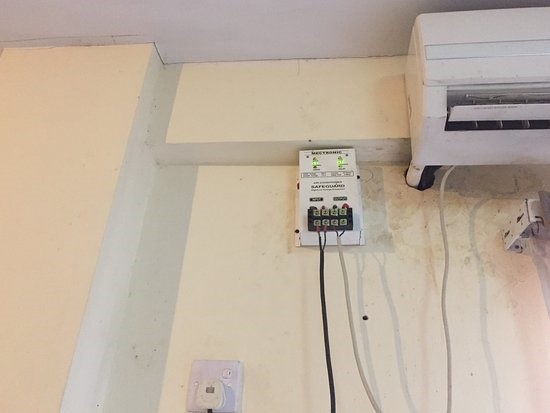
Skirting board is also called as “base boards”, the boards that go at bottom of your wall between your wall and your floor.
- There is unavoidable gap between the walls and the floor , to avoid such gaps skirting is the best option over redoing the work.
- Skirting board is a protective barrier, they avoid and protect the walls from the marks by maintaining the distance of furniture or other elements of the interior.
- To match the mood of the room skirting finishes can be changed. It gives finish , clean and professional look.
Types of Skirting
1. Pencil Skirting
Pencil skirting is an accurate design, it is recommended if the client is looking for a clear finish, to patterned or plain walls.
Cable rebate is provided to hide the unsightly wires behind the boards.
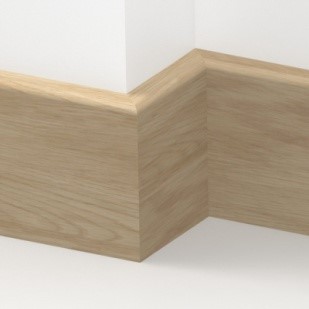
2. Georgian Skirting
Georgian Skirting Board is inspired by the interior moulding designs used throughout the Georgian period (1714-1830).
The Georgian style is particularly well suited to a thicker material and therefore recommend opting for 25mm thick MDF.
The Georgian Skirting Board is uniquely cut with the high quality cutting knives for the smoothest finish.

3. Edwardian Skirting
The Edwardian era was a period of rapid house building. The designs offer a moderate simplicity on Victorian moulds.
The Edwardian Skirting is small in height.
General appearance can be set in the room by enhancing the design with the unique moulding on the top of the board.
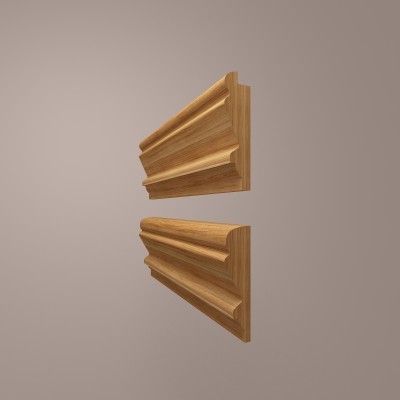
4. Antique Skirting
The boldness of the skirting profile creates very ‘compact’ look than the other profiles in the range with a similar style.
It is better suited to the skirting boards of a smaller overall height. It is available in either a 3050mm standard length or theextended 4200mm length]
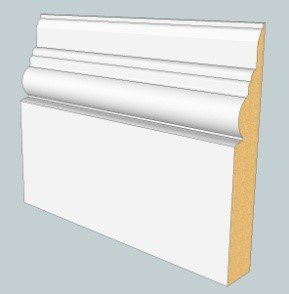
5. MDF skirting
MDF skirting boards is the simple skirting that can add a bit of class to any room of your space. MDF is cheap and durable material made up of compressed fibres. MDF skirting has been popular in traditional and contemporary properties. MDF is an ideal choice if you are looking for the classic white skirting board.
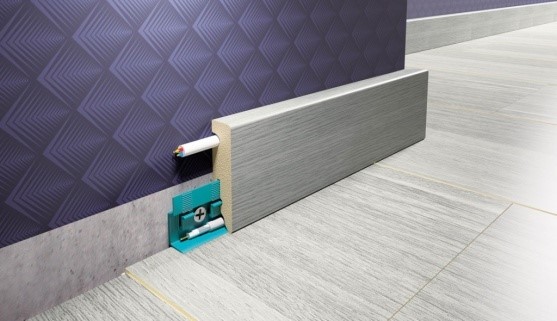
6. Victorian Skirting
It reflects a popular interior moulding design from the Victorian period (1837- 1901).
The Victorian skirting is well suited to a 25mm thickness. The intricate detailing of the board can be finished by using gloss finish which will add the class and style to the room. General appearance can be set in the room by enhancing the design with the unique moulding on the top of the board
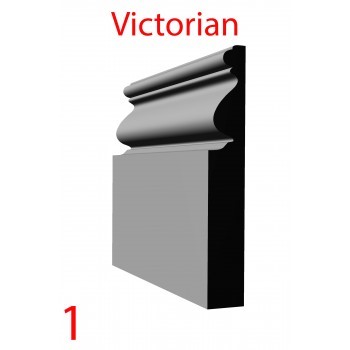
7. Contemporary Skirting
Contemporary skirting boards are generally shorter than more traditional styles. The moulding can be manufactured from your choice of pre –primed or raw MDF. The rebate option can be selected for easy-fix cable management on the skirting board. There are variety of quality contemporary skirting boards, in a range of softwoods and hardwoods, with standard MDF and moisture-resistant MDF.
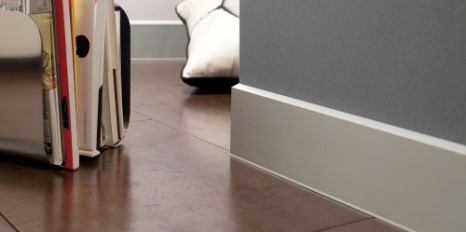
8. Bullnose Skirting
Bullnose is a very unembellished design, guaranteed to give a modern and elegant look to any room. Bullnose skirting board is available in 11 different standard heights ranging from 50mm – 300mm in height. The section from the back of the skirting board is machined out to accommodate any cables or pipes. The bullnose architrave provides a crisp clean finish that will give proper desired look. The bullnose skirting needs is low maintenance and it is easy to clean and can associate with any interior style.
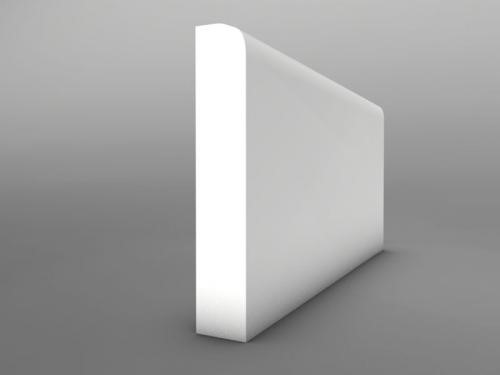
Common Types of Moulding
The skirting board can be design with creative style by making your own board with a Router and some cutters.
Some of the common types of Skirting Board Mouldings available off the shelf though include; Square, Bullnose, Chamfered, Pencil Round, Ovolo, Torus and Ogee.
They are available in several different materials like Softwood (Pine, Douglas Fir for e.g), Hardwood (Oak, Mahogany, Bamboo for etc) and MDF.
Whichever route you go for the skirting make sure you leave enough of a gap between your flooring and the edge of your room to allow your floor to expand and contract.
Skirting boards can be used as a really clever way of hiding uneven or rugged floor or wall edges.
– Rakshika Borana
 (+91) 7249196273
(+91) 7249196273
